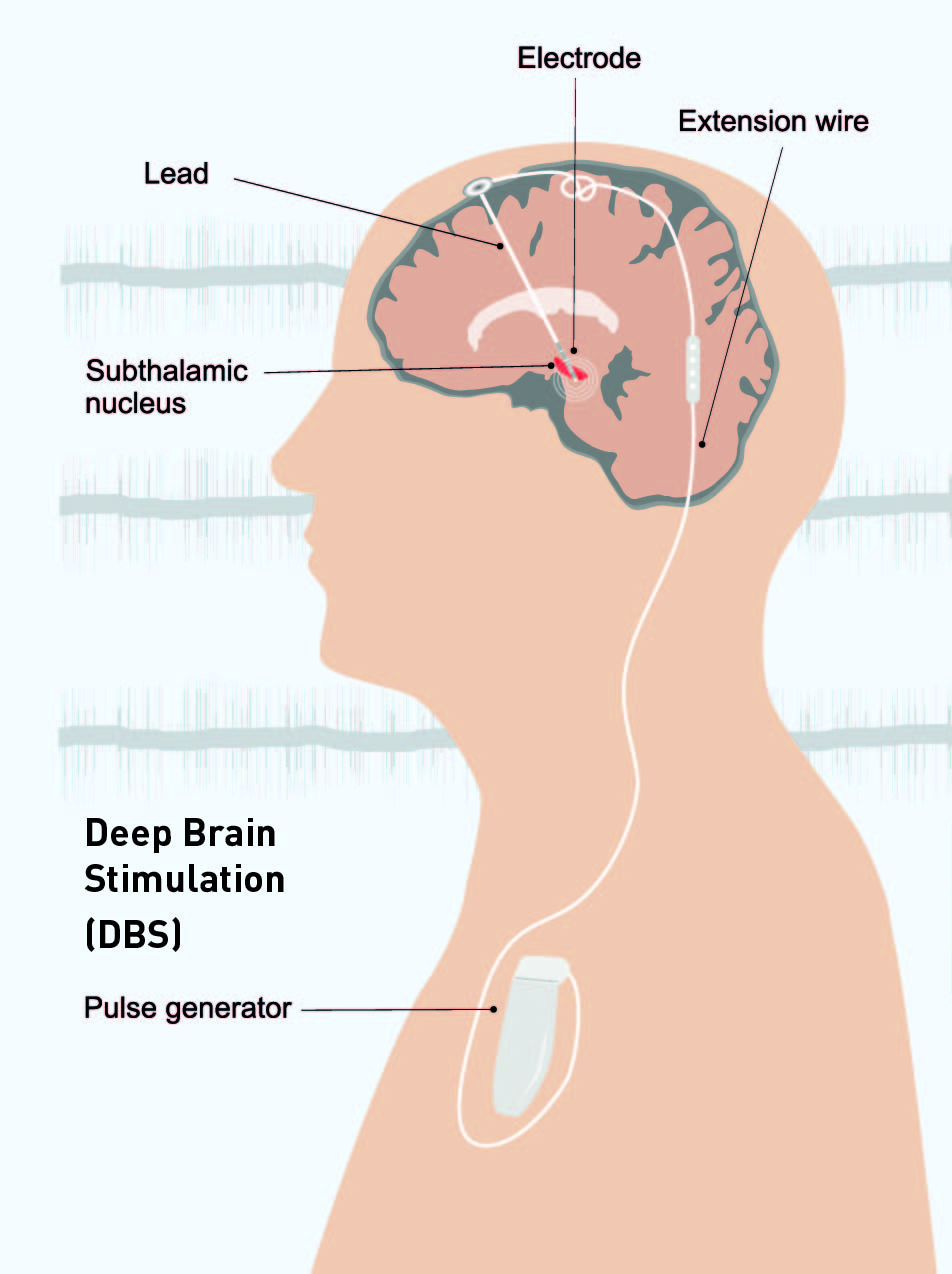When Parkinson’s disease (PD) medication is no longer effective, deep brain stimulation may be a treatment option for some people with PD. Dr Wan Kai Rui, Associate Consultant, Neurosurgery, NNI, explains more.
Medication and rehabilitation are the initial ‘go to’ treatments for Parkinson’s disease (PD). They help in managing patient symptoms such as tremors, stiffness and slowness of movement. However, as the condition worsens over time, the number and type of medications will need to be increased.
It is common for people in the moderate to advanced stage of PD to take up to 15 to 20 pills a day. However, this may still not be enough to provide relief from the symptoms. In addition, high doses of PD medications may cause distressing side-effects such as uncontrollable jerky body movements, cognitive changes including hallucinations.
Deep brain stimulation (DBS) surgery may be an additional treatment for a selected group of patients with PD.
DBS is a surgical procedure to insert electrodes (small wires) into specific deep structures within the brain. This is usually done while the patient is awake.
The electrodes are connected to a battery (similar to a heart pacemaker) that is placed under the skin just beneath the collarbone. The battery provides a continuous electrical current that stimulates the selected brain structures and alter the abnormal messages of the brain.
This electrical stimulation helps to reduce movement-related symptoms such as tremors, stiffness, slowness and jerky body movements, thereby improving the patient’s quality of life.

This article was published in the National Neuroscience Institute's NeusLink magazine, which covers articles about NNI updates and brain, spine, muscle and nerve conditions in English and Chinese - to read more articles, click here!
